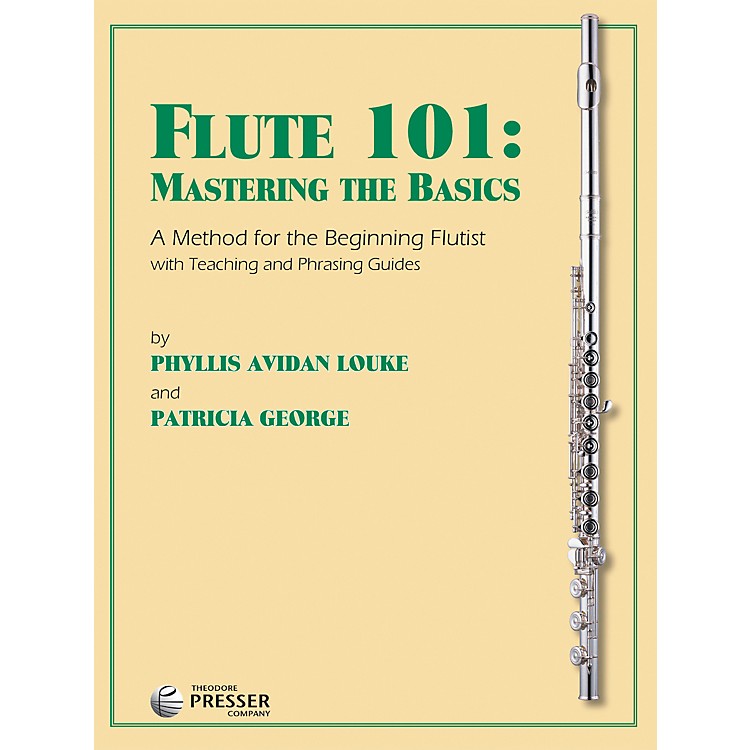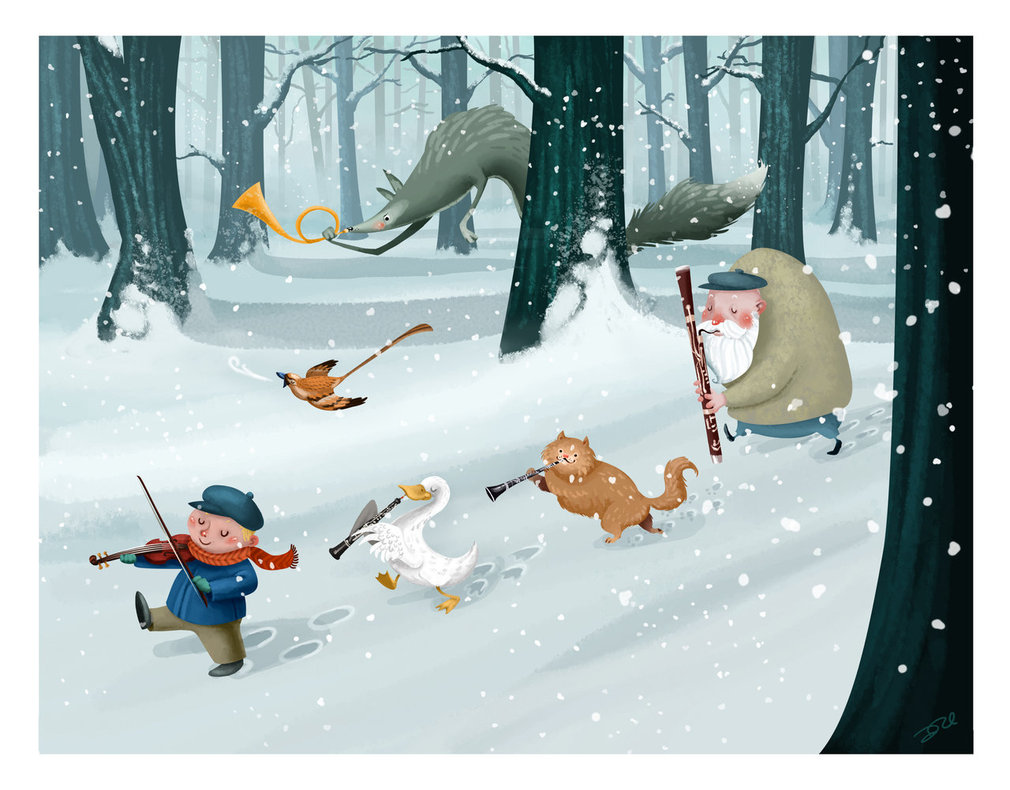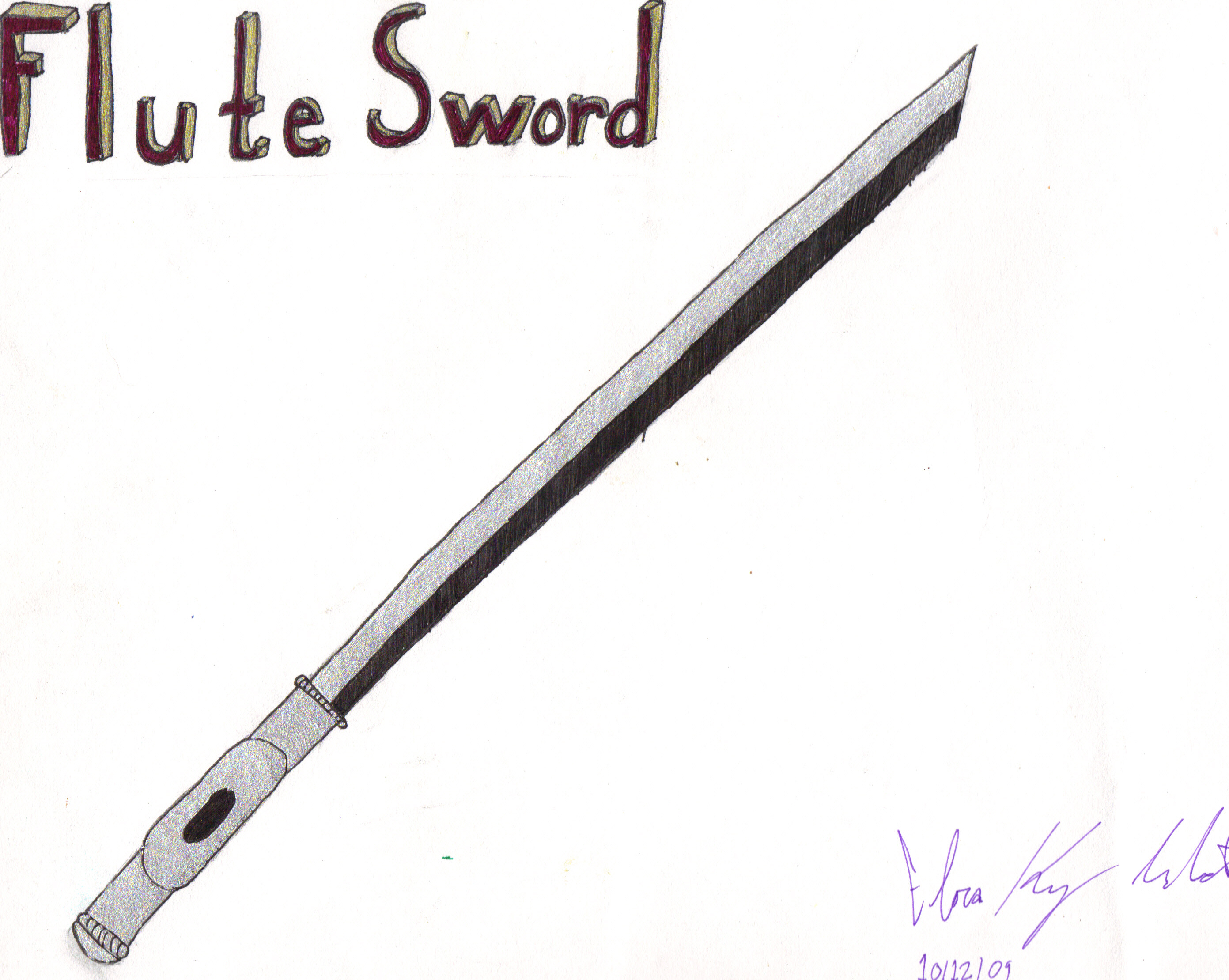 Here it is, the final installment of the Flute 101-103 trilogy! And I thought I would throw in a couple of teasers at the end for The Scale Book and Advanced Flute Studies: The Art of Chunking because I've come this far, might as well. I am so excited about the Flute 101 series and I hope that in the brief time I have spent on them I have given a good presentation of what they contain. By no means do I think Flute Student should be shunned from society or lost to the flute civilization; I am the product of Flute Student and I think I turned out pretty great. I merely get excited about the exploration of flute method because there is no one right answer. Every student learns differently and for some of my students, Flute 101 will be more effective than Flute Student (or Suzuki - I feel like people might think I am attacking Flute Student :( )
Here it is, the final installment of the Flute 101-103 trilogy! And I thought I would throw in a couple of teasers at the end for The Scale Book and Advanced Flute Studies: The Art of Chunking because I've come this far, might as well. I am so excited about the Flute 101 series and I hope that in the brief time I have spent on them I have given a good presentation of what they contain. By no means do I think Flute Student should be shunned from society or lost to the flute civilization; I am the product of Flute Student and I think I turned out pretty great. I merely get excited about the exploration of flute method because there is no one right answer. Every student learns differently and for some of my students, Flute 101 will be more effective than Flute Student (or Suzuki - I feel like people might think I am attacking Flute Student :( )Highlights:
- continued structure of key signature themed chapters
- even more integration of standard repertoire
- use of extended techniques in each chapter to improve overall playing
- suggestion of working towards giving a solo recital, with sample programs
- more in-depth look at composers and their music, including performance guides
To give you an idea of what the performance guides are like, I will talk about the information that can be found in the guide for Gluck's Minuet and Dance of the Blessed Spirits. First, this is an obvious choice to include because it is the definition of standard. Like the Mozart, if you have dreams of becoming a professional flutist, you will play this at nearly every audition. And even if you don't have that dream, if you take private flute lesson, at some point your teacher will pull this gem out.
So what light is shed on the Minuet? Here you are:
- A brief background on Christoph Willibald Ritter von Gluck
- A plot summary of the opera from which the Minuet comes, thank you(!)
- The musical context, what is going on in the orchestra during the solo
- A few basic reminders on the simpler aspects of playing musically (the piece is in 3/4 so strong-weak-weak)
- The musical structure, ABA, and how the sections differ
- Helpful cues/tips on how to play the written "grace notes"
- Many examples showing how subdivision in the B section is the key to rhythmic perfection
- Suggestions for musical gestures, i.e. sighs
- Concluding thoughts on the difficulty of the piece and the best ways to go about working on it (like, with a METRONOME)
- Once you get to the music, the A section includes the other flute part so that the teacher can play with the student; knowledge is knowledge is power
I think what I like about this series is that it makes it easier for students to do more investigative work on their own. This is a basic all-in-one method. That being said, I don't think that any flute student's education is complete with these books alone. No, no, no. Everybody needs to experience some Andersen op. 33 action. And they'll love it...I mean, we all did, right? Just consider this a thrilling new venture in the world of flute pedagogy!
 Now, as promised, here are quick looks into The Scale Book and The Art of Chunking!
Now, as promised, here are quick looks into The Scale Book and The Art of Chunking! The Scale Book: A Path to Artistry is a book meant for any level musician. Seems like a good idea to me. But how do you make scales "friendly" to a beginner? Well, it helps that this book looks, physically, exactly like Flute 101. Something that looks familiar is always less of a headache than something foreign. The third page details how the authors think elementary, intermediate, and advanced students should tackle the book respectively. Not only does this book introduce scales beyond major and minor, it makes references to musical examples like The Swan from "Carnival of the Animals" and the book correctly suggests that scales are the backbone of flute playing from technicality to tonality and musicianship. Here is what the authors say about why they made The Scale Book:
 The Art of Chunking explores, well, the art of chunking. Chunking is one method for learning music. It is the idea of breaking large chunks of music down to smaller, more manageable portions. In this book, the authors want students to focus on one group of sixteenths at a time, meaning one beat in most cases. These beats are separated by a rest and this method, according to the authors, benefits the flutist in numerous ways including, but not limited to, eye coordination/short-term memory improvement, opening the throat during rests, and helping the flutist recognize patterns in the music. In order to do this, the book contains a comprehensive daily warm-up, 48 lessons in major and minor keys, etudes, cadenzas, and solo works by Telemann, J.S. Bach, and C.P.E. Bach. This book is meant to follow the completion of Flute 103 or "any intermediate method." I do think students should at least dabble in this book because it presents many good concepts. This book is somewhat on the honor system though because as any lesson teacher knows, we can't make our students practice the proper way. We strive to teach and show them the importance and benefits in doing so, but in the end it is entirely up to the students themselves.
The Art of Chunking explores, well, the art of chunking. Chunking is one method for learning music. It is the idea of breaking large chunks of music down to smaller, more manageable portions. In this book, the authors want students to focus on one group of sixteenths at a time, meaning one beat in most cases. These beats are separated by a rest and this method, according to the authors, benefits the flutist in numerous ways including, but not limited to, eye coordination/short-term memory improvement, opening the throat during rests, and helping the flutist recognize patterns in the music. In order to do this, the book contains a comprehensive daily warm-up, 48 lessons in major and minor keys, etudes, cadenzas, and solo works by Telemann, J.S. Bach, and C.P.E. Bach. This book is meant to follow the completion of Flute 103 or "any intermediate method." I do think students should at least dabble in this book because it presents many good concepts. This book is somewhat on the honor system though because as any lesson teacher knows, we can't make our students practice the proper way. We strive to teach and show them the importance and benefits in doing so, but in the end it is entirely up to the students themselves.
Excelsior!































